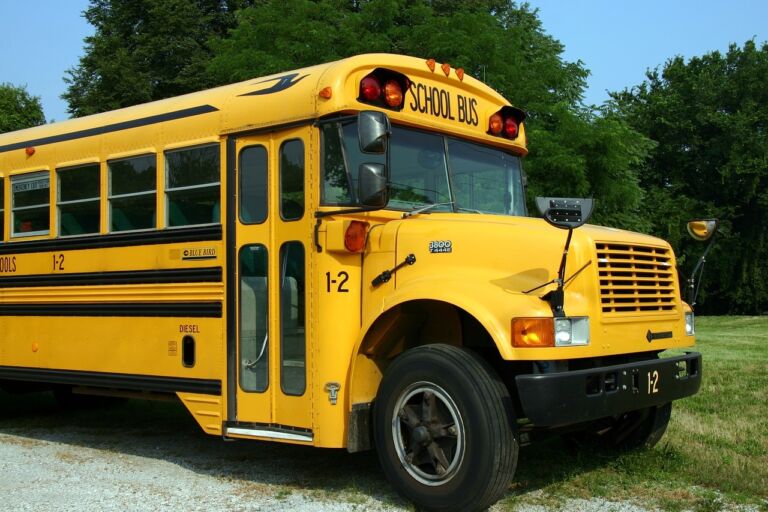Shannon Watkins of the Martin Center examines the track record for early college in North Carolina.
“Early college” is an increasingly popular program that allows students to earn college credit in high school. Among the advantages it offers to high school students is the ability to earn transferable college credits or a career-focused credential before they graduate. It also gives them a foretaste of what to expect in college and helps them discern whether college really is for them. Furthermore, it allows some promising low-income students to escape inadequate high schools.
However, although the idea of “early college” sounds appealing, does it really have a positive effect on students’ learning outcomes? In North Carolina, research on the early college model suggests that it does. Still, more evidence is needed before declaring early college to be an unqualified success.
North Carolina is a leader in early college. During the 2017-2018 school year, 133 schools and 26,090 students participated in some form of early college or “dual enrollment” program. Of those 133 schools, 111 partner with community colleges, ten with UNC system schools, and five with private colleges and universities. And the state’s dual enrollment program is largely targeted at low-income students.
Isaac Lake, an education consultant for the North Carolina Department of Public Instruction, told the Martin Center that schools that participate in dual enrollment are called Cooperative Innovative High Schools (CIHS). …
… As it turns out, CIHS students tend to outperform their peers in traditional public schools on a wide range of metrics. Indeed, North Carolina’s early college produced some of the highest test scores and graduation rates in the state. And in the 2017-2018 school year, their retention rates were above state averages. Additionally, CIHS students outperformed traditional students on end-of-course assessments in Math I, Biology, and English II.
Dually enrolled students also do well in their college-level courses.


